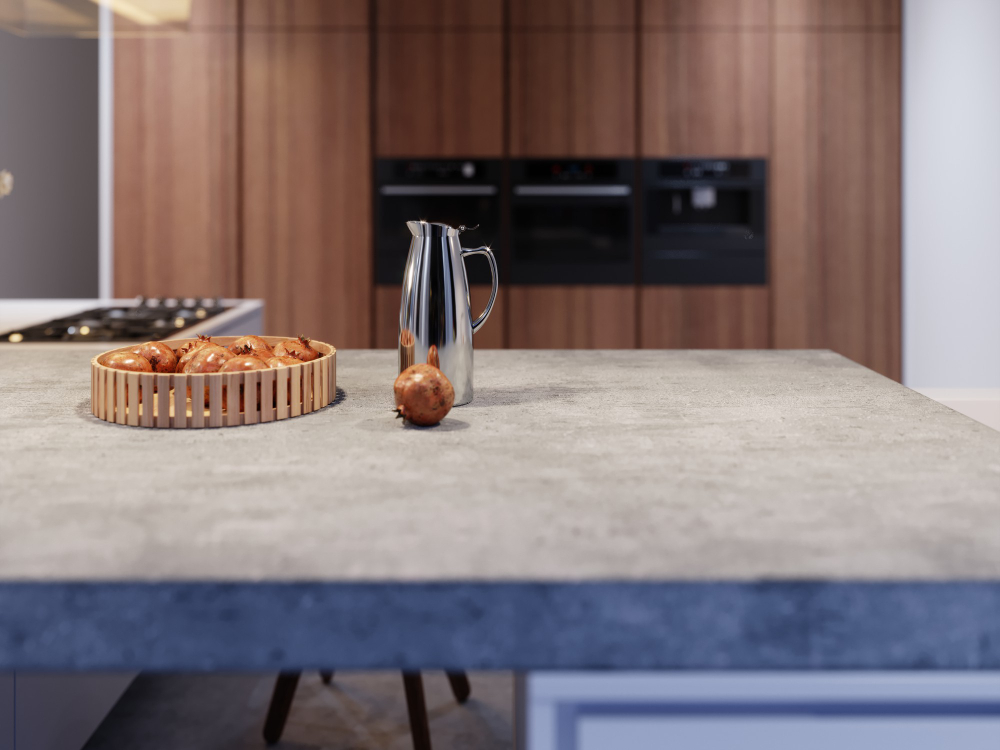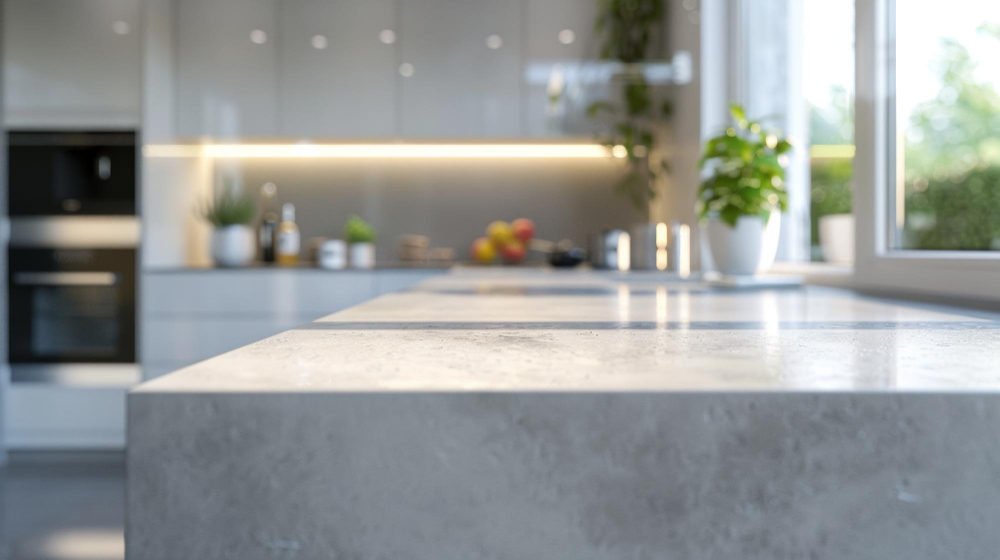
2cm vs 3cm Quartz: Why Thickness Matters More Than You Think
- Countertops Kitchen Co
- Posted on
When Sarah and Mike decided to renovate their kitchen in an older Sacramento bungalow, they thought the hardest decision would be choosing between marble-look or concrete-finish quartz. But what really caught them off guard? The countertop thickness.
“Wait—what’s the difference between 2cm and 3cm quartz?” Sarah asked the contractor, eyeing the two slabs. At first glance, it didn’t seem like much. Just one centimeter. But that one small detail had big implications—for design, cost, strength, and even how the counters were installed.
If you’re weighing the pros and cons of 2cm vs 3cm quartz, here’s everything you need to know—without the guesswork.
The Basics: What Does 2cm or 3cm Actually Mean?
When it comes to quartz countertops, thickness refers to the depth of the slab:
- 2cm = approx. 0.78 inches
- 3cm = approx. 1.18 inches
Both are widely used, but they serve different functions depending on your kitchen design, cabinet support, and installation approach.
Durability & Strength: Does Thicker Mean Stronger?
✅ Yes. 3cm quartz is stronger. And not just slightly.
- 3cm quartz is 25–30% stronger than 2cm due to its increased mass and density.
- 2cm quartz often requires additional support, like plywood underlayment or extra bracing, especially if installed on unsupported spans like overhangs or islands.
💡 Real-world example: In Sarah and Mike’s remodel, their island had a 12-inch overhang. With 2cm quartz, they would’ve needed metal brackets. With 3cm? No additional supports were required.

Cost Comparison: Is 2cm Quartz Cheaper?
On paper, 2cm quartz is usually less expensive per square foot—but only slightly. On average:
- 2cm quartz costs $45–$55/sq. ft.
- 3cm quartz costs $55–$70/sq. ft.
But here’s the catch: installing 2cm typically adds labor and materials costs because of the necessary support structures, edge lamination, or built-up profiles to make it appear thicker. This often erases any initial savings.
Installation Differences
3cm quartz is heavier and more robust. It can be installed directly on cabinets, making the process quicker and cleaner.
2cm quartz:
- Requires underlayment (plywood or MDF)
- May need edge buildup if you want a thicker visual profile
- Can crack more easily during transport or handling if not properly supported
🛠️ Pro insight: Installers often prefer 3cm quartz because it reduces the steps involved in prepping the base cabinetry and eliminates edge lamination.
Design & Aesthetic Considerations
Some homeowners lean toward 2cm quartz for modern or European-style kitchens, where thinner profiles feel sleeker and lighter.
Others go for 3cm quartz for a chunkier, high-end look with deeper edge treatments (like ogee or bullnose profiles) or waterfall edges.
Edge Profiles
- 2cm: Best for simple, straight edges
- 3cm: Offers more options (beveled, rounded, laminated)
📸 Sarah and Mike chose a 3cm quartz slab with a mitered edge, giving their counters a bold, luxurious feel—something they now say was worth every extra penny.
Resale & Long-Term Value
If you’re investing in a kitchen remodel, think long-term:
- 3cm quartz often signals “premium build” to buyers.
- 2cm may appear “builder-grade” unless executed very carefully.
Home appraisers won’t deduct points for 2cm, but 3cm helps your kitchen look more substantial and durable at first glance.
When to Choose 2cm Quartz
Choose 2cm quartz if:
- You’re doing vertical applications (like backsplashes or walls)
- You want a sleek, ultra-modern aesthetic
- You’re trying to reduce overall weight on cabinetry
- You have a very tight budget (and are OK with support layers)
When to Choose 3cm Quartz
Choose 3cm quartz if:
- You want max durability with fewer installation headaches
- You’re planning a waterfall island or longer countertop spans
- You want the thick-edge, custom look
- You’re investing for long-term value and resale
The Bottom Line: It’s More Than Just a Centimeter
When it comes to 2cm vs 3cm quartz, it’s not just about looks. It’s about strength, structure, cost-efficiency, and long-term performance. In most cases, especially for busy family kitchens or statement islands, 3cm quartz wins. But if you’re working on a budget or chasing a minimalist European vibe, 2cm can still get the job done—just plan for the extra work underneath.
Sarah and Mike? They chose 3cm, and haven’t looked back. “It feels solid, looks amazing, and there’s zero bounce on that big island. Totally worth it,” Mike says.
If you’re planning your kitchen design right now, don’t skip the thickness conversation. It could be the difference between a surface that just looks good—and one that lasts for decades.
